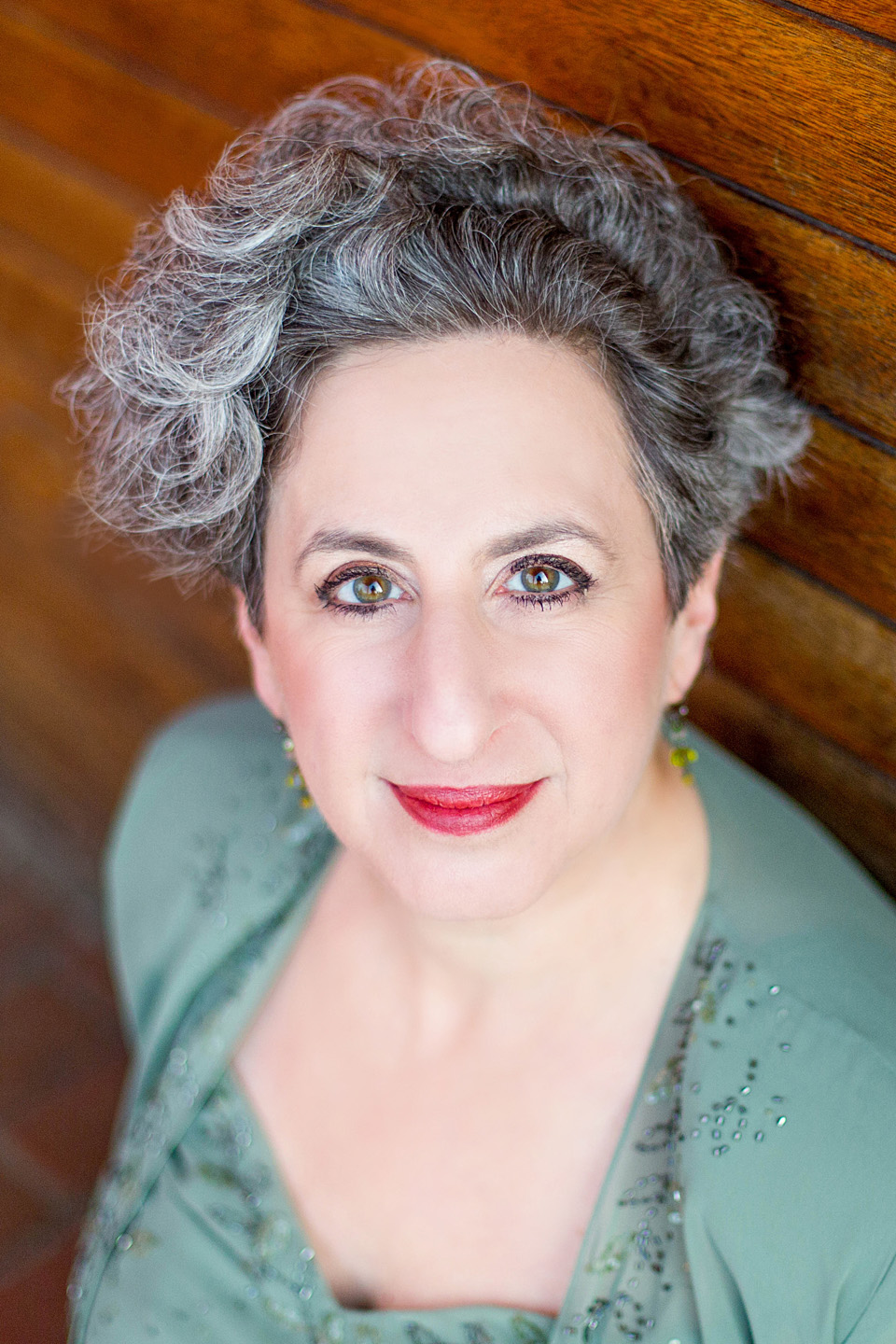Pamela Dellal, mezzo soprano
uncommon intelligence, imagination and textual
awareness... |
 |
|---|
- Home
- Resume
- Concerts
- Reviews
- Discography
- Audio Links
- Repertoire
- Teaching
- Photos
- Endicott Players
- Favella Lyrica
- Translations, Essays, and Original Works
MY STRENGTHS AS A TEACHER
My primary objective is to ensure that singers own their technique – that they can recognize, reproduce and develop the tone and production, articulate what is happening and what needs to be fixed, and creatively explore new ways of producing viable sound. To that end, I encourage students to describe their experience of the sound, encouraging them to be more specific about the sensations and the aural feedback; to be precise about the desired sound and engage psychological issues around undesirable sounds. I endeavor to respect each singer’s aesthetic and personal experience, allowing this to help guide the work; in this way I hope to earn the student’s trust that we are discovering their voice together.
I break down the study of singing into several physical acts: the breath production, perceived as a steady flow of air controlled from the abdominal muscles and unimpeded by tension; the resonance, perceived as vibrations on the hard palate and radiating onto the bones of the skull (mask resonance, etc); the envelope of overtones surrounding the fundamental pitch which balances the mix of chest and head registers throughout the voice, contributing to precise control of tuning; and placement, perceived as precise locations of air focus for each frequency and dynamic level, affording flexibility and pinpoint control of color, vibrato, and dynamic. The recognition that tension in various body parts is part of the learning process and must be freed by encouraging other factors to take over is a crucial element of this approach.
As a highly verbal person, I do not feel that a skill is mastered until it can be fully articulated. I offer the student a detailed description of what they are producing and what they should be seeking, and encourage them to find their own words to describe what they perceive in the physical act of singing.
The most important tool I possess as a teacher is my ability to intuit how something feels to the student by imagining how it might feel in my own body. I have developed this over many years by the progress of my own technical study, during which I have solved many issues of incorrect placement and resonance. By recognizing the sound of suboptimal resonance I am better able to offer solutions for the student to try. A component of this approach also acknowledges the value of prior techniques, methods of study, or self-taught work-arounds, in order to help find ways to move past them as mannerisms or habits. Empathy also extends to response to emotional roadblocks that might prevent a singer from freeing tension or allowing the breath and lower body to generate the energy.
My concept of singing technique is an integrated system, considering all the physical mechanisms that contribute to making sound. I encourage my students to be aware of all the muscle groups, phonators, and resonators that must work together to allow a free tone, and the specific skills of legato, flexibility, and anticipatory timing are all connected in the technical exercises to build a systematic approach.
The final piece of a systematic technique is the ability to apply it to repertoire. In the tradition of my own teacher, I find that many of the greatest vocal composers were able to exploit the skill of fine singing to achieve their expressive goals, and a large part of my studio work involves utilizing this knowledge. Using the shape of the phrase and the sense of the emotional and expressive gesture, I help my students explore how the technique both serves the music and is being drawn out of the singer by the composer’s demands; how choices can be made based on technical flexibility in some instances, and how sound might be constrained by the compositional approach in others.
These qualities are enumerated in reference to my studio teaching; however, they also apply to my work in the classroom. I take an analytical and systematic approach to the subject matter, making sure that I’ve identified the elements and key topics that need to be mastered as I arrange the syllabus. My lectures are designed to articulate the elements of each topic with clarity and vividness, using humor when necessary to focus attention. It is essential that the students’ perspectives are included in the discussions, so that I can gauge in the immediate moment if comprehension is occurring. It is important that I present difficulties in execution or understanding with an empathetic sense of where the challenges may lie for each individual. While I hold a high standard for achievement, I strive to make my students feel that our work is collaborative and that we are on a journey of discovery together. I feel that only by gaining their trust individually and collectively will the course be successful. In the end the detailed and specific issues of the subject are integrated into a cohesive approach to musical interpretation, drawing on new skills and information learned and incorporating the students’ individual strengths and perceptions.